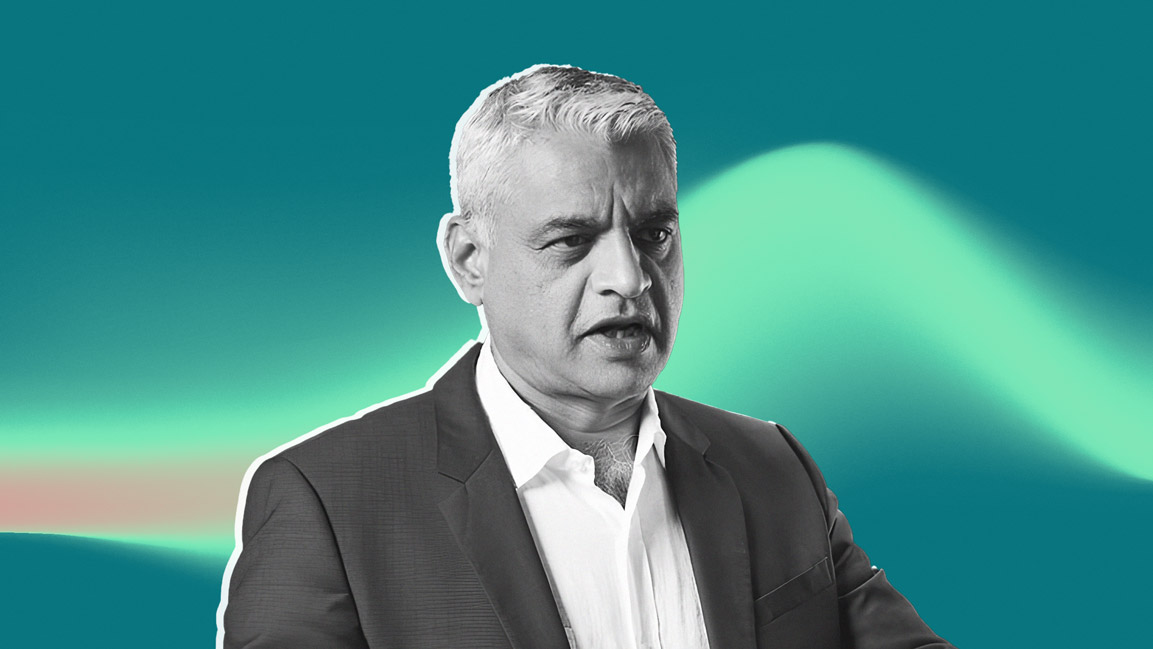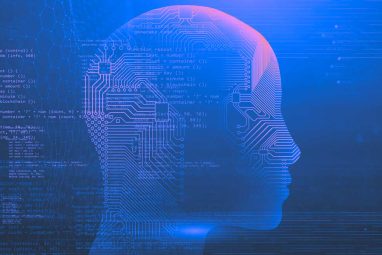How to Build Leaders and Systems That Don’t Break
Captain Raghu Raman draws on lessons from war and business to show how leaders can keep ethics, resilience, and adaptability at the center of decision-making
Topics
News
- India Faces Lower Risk of AI Job Disruption Than the West, Says IT Secretary
- Tata Steel Discloses $1.6 Billion Dutch Class Action Over Emissions
- Nvidia Licenses Groq’s Inference Tech, Hires Leadership
- HCLTech Deepens Software Push With Three Acquisitions in a Week
- Isro Launches BlueBird Block 2 in Heaviest Commercial Mission Yet
- OpenAI Softens ChatGPT’s Tone While Scaling for an AI Showdown

From warships to boardrooms, Captain Raghu Raman has seen that the real threat in autonomous systems isn’t technology running amok but humans stepping back from the moral burdens only they can carry.
In this conversation with MIT Sloan Management Review India, he lays out how India can raise a generation that weighs consequences before capabilities, why most leaders misread uncertainty, and what it takes to build systems—and people—that don’t break under pressure.
Edited excerpt:
What ethical risks do autonomous systems pose in national security, and how can decision-makers address them?
War has never had clean ethics—it is written in shades of grey, then rewritten by the victors. Kamikaze pilots were celebrated in Japan; Tamil suicide bombers were reviled elsewhere for the same act. Autonomous systems, however capable, are tone-deaf to such moral paradoxes. They can optimize outcomes, but they cannot weigh the complex calculus of history, culture, and human values. The real risk is not rogue AI—it is delegating decisions that humans themselves struggle to make. National security leaders must lock in human oversight at critical ethical points, convene cross-domain review panels, and ensure that the hardest calls remain human responsibilities. The day machines decide what lives are worth is the day we concede what makes us human.
What should India’s leadership do to prepare the next generation to use and build autonomous tech responsibly?
You can’t teach “AI ethics” to a citizen who throws garbage in the street. Responsibility is not tool-specific—it’s a habit of mind. India’s priority should be to embed accountability into education, governance, and enterprise before turning to code or algorithms. Young innovators need to think beyond first-order effects, recognizing the ripple impact of their actions on society and markets. This means integrating systems thinking, governance literacy, and moral reasoning into the talent pipeline. Boards should act as both guardrails and amplifiers—protecting against naive errors while enabling bold innovation. A generation that instinctively weighs consequence before capability will need fewer rules to do the right thing.
In your experience coaching CXOs, what’s the most common blind spot you see when it comes to leading through uncertainty?
Many leaders treat uncertainty as a temporary disruption—something to “fix” before returning to the familiar. That’s the blind spot. In reality, uncertainty is the ocean, not the storm. Leaders conditioned for predictable waters look for familiar landmarks, replaying old strategies in new contexts. The ones who thrive start from zero, trust their ability to relearn, and drop nostalgia for the past. They see ambiguity not as a threat but as a rare competitive advantage—a space where the unafraid move first while the overly cautious watch them disappear over the horizon.
What does resilience actually look like when systems break down, whether on a battlefield or in a boardroom?
Resilience is not blind optimism—it’s the Stockdale Paradox in practice: confront the brutal facts while holding faith in ultimate success. When plans collapse, resilient leaders absorb the shock, reframe the challenge, and chart a credible new path. They can take hits without showing the bruise, inspiring belief because their record proves they have navigated adversity before. In war or business, resilience is quiet confidence under fire, rapid scenario-shaping, and the stamina to keep moving when others stall. It’s forged over years of earned trust and tested grit—not improvised in the moment.
What mindset shifts must leaders adopt as system design becomes more important than controlling individual outcomes?
“Stop trying to fix people—design systems that make people harder to break.”
Humans are not perfectible—and never will be. The smarter approach is to design systems that expect error, detect it early, and recover gracefully. This requires moving from “control” thinking to “resilience” thinking, drawing on design principles, behavioral science, and safety engineering. In aviation, for example, the assumption isn’t that pilots never err—it’s that the system has layers to prevent a single mistake from becoming a catastrophe. Leaders must shift from policing behavior to shaping environments so that better decisions happen naturally and poor ones cannot cause systemic failure. When the system is robust enough, the leader’s role is no longer to fix people—it’s to make people harder to break.




